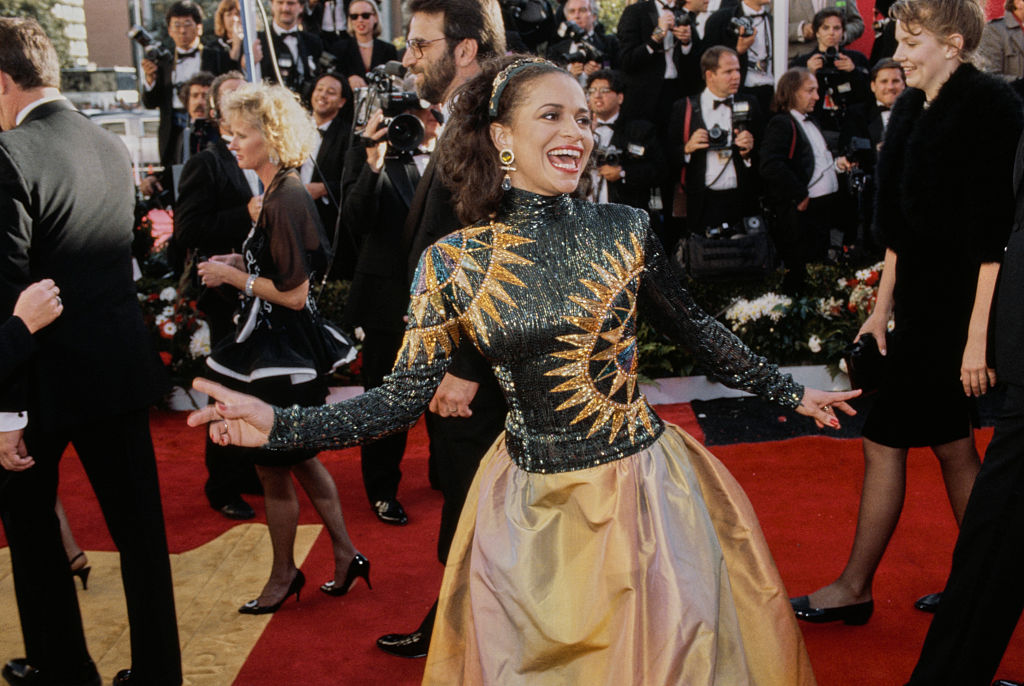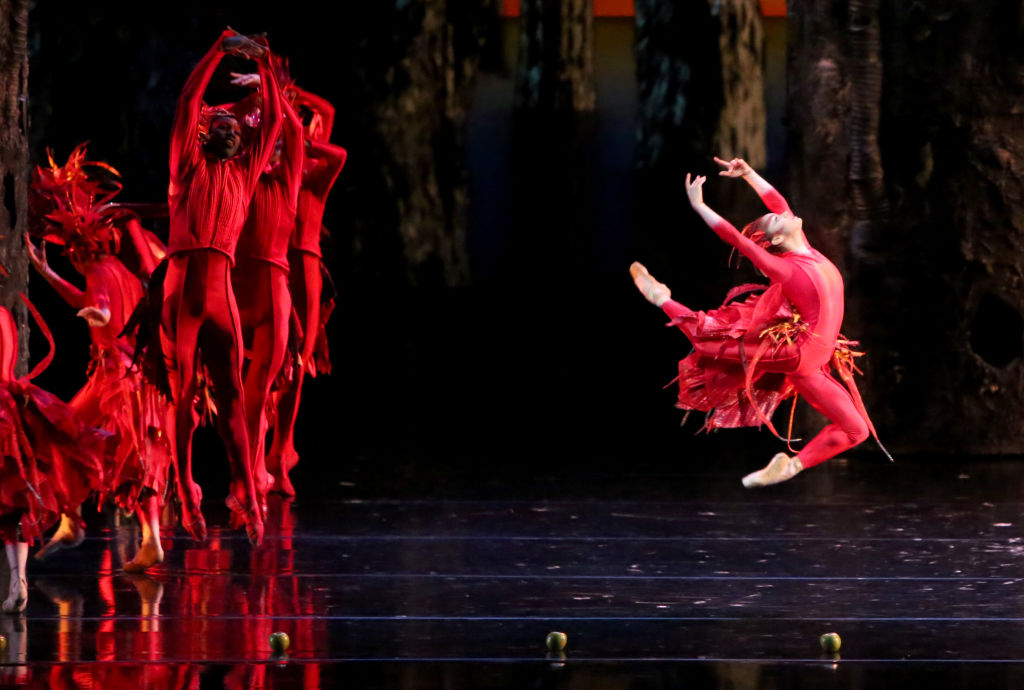On Wednesday night at Lincoln Center, Misty Copeland graced the stage for her final performance with the American Ballet Theatre, closing a historic chapter in ballet. Under the golden lights of the David H. Koch Theater, the 43-year-old trailblazer—who became ABT’s first Black female principal dancer—was surrounded by peers, family, and admirers who have witnessed her evolution from prodigy to icon.
Titled A Celebration Honoring Misty Copeland, the evening was part of ABT’s Fall Gala and simultaneously broadcast at Alice Tully Hall, where audiences gathered to honor her 25-year journey. After a five-year hiatus, Copeland returned to the stage for the one-night-only performance, moving with her signature precision and emotional clarity. She performed a pas de deux from Romeo & Juliet and two pieces set to Frank Sinatra classics—“That’s Life” and “My Way.” When she took her curtain call, Oprah Winfrey, Debbie Allen, Phylicia Rashad, and other luminaries rose to their feet, showering her with flowers and gratitude. Her husband and young son joined her onstage in a tender surprise that brought many in the crowd to tears.
Ahead of her performance, Copeland wrote an emotional Instagram post that read: “Although I’ll be saying farewell to the stage, I’ll always be committed to opening doors, creating space, and making ballet a place where everyone belongs.”
Copeland’s retirement marks the culmination of a career that shattered barriers and expanded ballet’s cultural landscape. Born in Kansas City and raised in San Pedro, California, she discovered dance at age 13—an age considered late for the art form. Yet within a few years, her natural gift was undeniable. She joined ABT’s Studio Company in 2000, became a full company member in 2001, and rose to soloist by 2005. A decade later, she made history as the first African American woman promoted to principal dancer in ABT’s 85-year history.
Her ascent came at a pivotal moment for representation in classical dance. During the 2000s, as the Dance Theatre of Harlem faced financial hardship and went on hiatus, opportunities for Black ballerinas dwindled. Copeland’s visibility became an act of defiance and inspiration. She not only excelled in technically demanding roles but also cultivated a broader audience for ballet, performing with Prince, appearing on television, and publishing bestselling books that brought young readers into her world. When she debuted in Swan Lake in 2015 as Odette/Odile, ticket lines stretched around the block, signaling the kind of cultural crossover few dancers achieve.
During her storied career, Copeland also became an advocate for change. She launched the Misty Copeland Foundation to expand access to dance for underserved youth, co-founded the production company Life In Motion, and used her platform to highlight diversity and inclusion across the arts.
For ballet, Misty Copeland’s departure signals the end of an era. Her role as one of the most recognizable figures in the art form remains a testament to perseverance, vision, and grace. And though she may have hung up her pointe shoes, the movement she started will continue to reverberate, now and forever.







